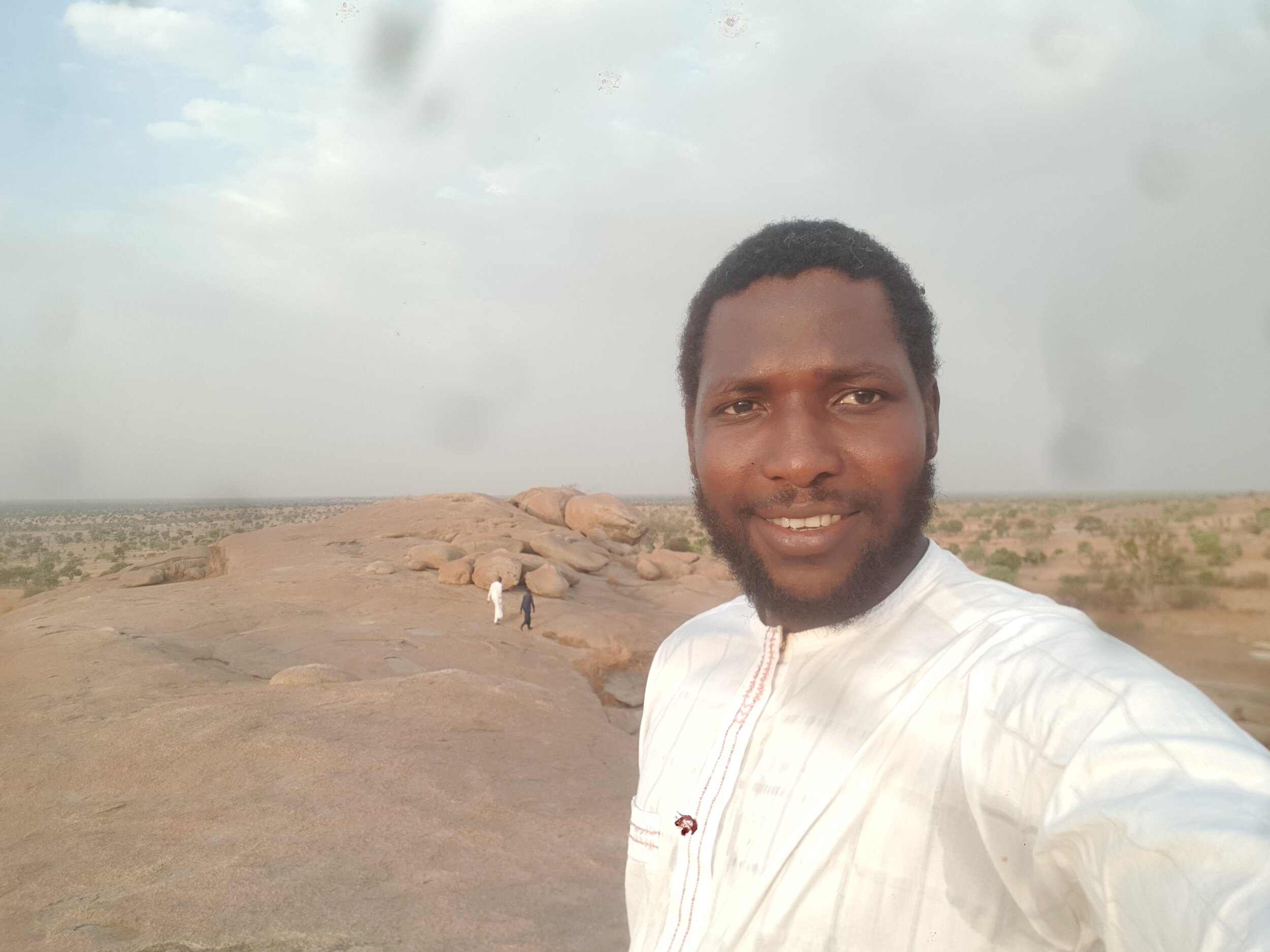We are back for the second month of the #PhotoChallenge with team Africa! Our #PhotoChallenge inspires action across the region, highlights the vibrant landscapes and environments our team members are working in, and showcases the beautiful backyards of Y4N Global Ambassadors in Rwanda, Nigeria, and Kenya. We hope you are loving these photos as much as we are!
Ibrahim Inusa (Nigeria)
The most vulnerable landscape in the Sahelian region of Nigeria. Our dying Sahara #OrphansOfTheSahara. Ibrahim takes us back to his local landscape, Machina Landscape, which he is leading in efforts to restore it with the community. This is a story of hope, resiliency and action in the Sahara.
Connect with Ibrahim here: Instagram, Facebook
Leonard Iyamuremye (Rwanda)
In his exploration into the month of August, Leonard shares with us some memories of his visit to Gishwati Mukura National Park located in the western part of Rwanda- this a new and most beautiful Park Rwanda will ever have, composed by two forest patches Mukura and Gishwati which are in process of joining them as it was before- “a really lovely and tough adventure,” in his words. He tells of the story of tea buffer zones used to protect the forest from degradation, as well as helping get an economic source of livelihoods while conserving nature. As well as active cutting down of exotic trees to protect indigenous species and enhance conservation efforts. They[Park management] are cutting down exotic plants, relocating cattle farming inside the forests for restoration purpose and willing to increase tea plantation at buffer zone”
"Come and see how beautiful Rwanda is, the country of Thousand hills, especially Gishwati-Mukura Park" said Leonard.
Connect with Leonard here: Twitter, Instagram, Facebook, LinkedIn
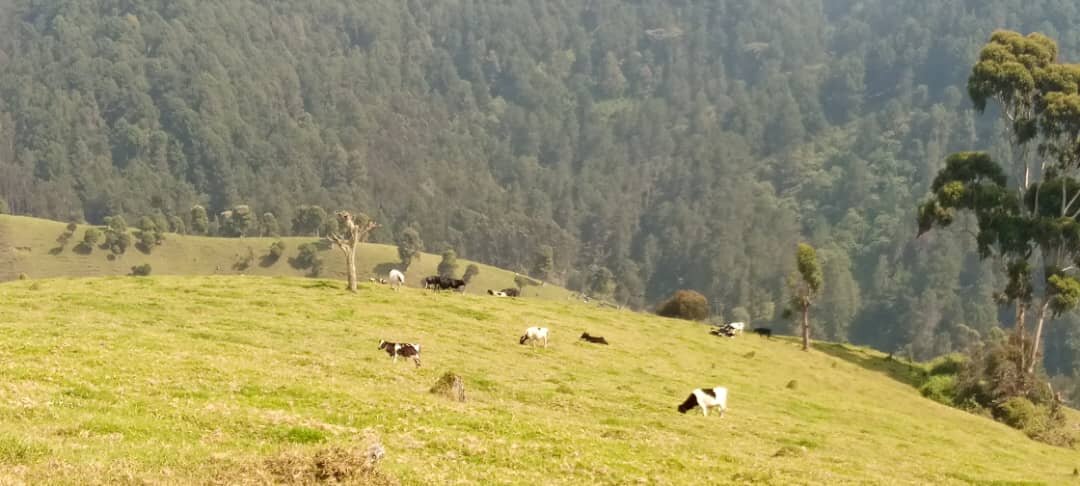
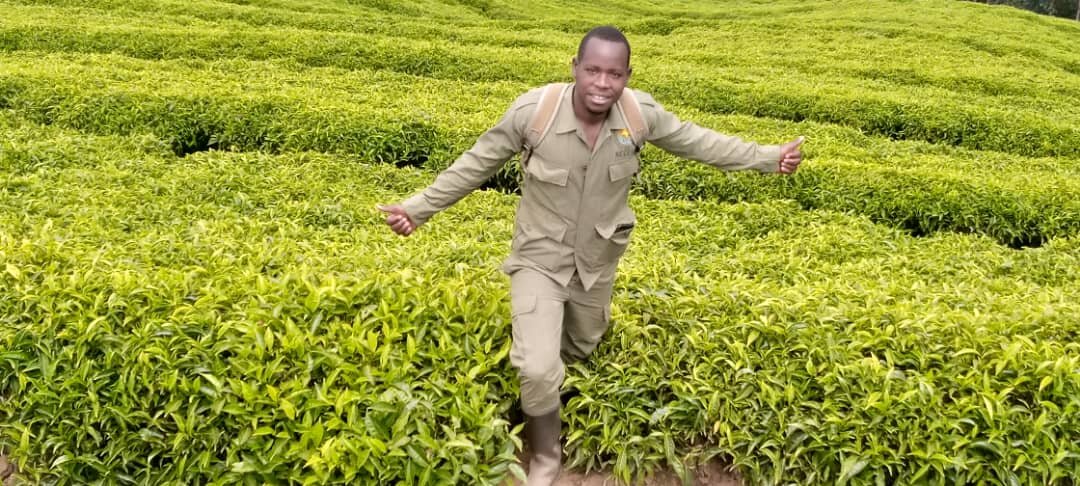
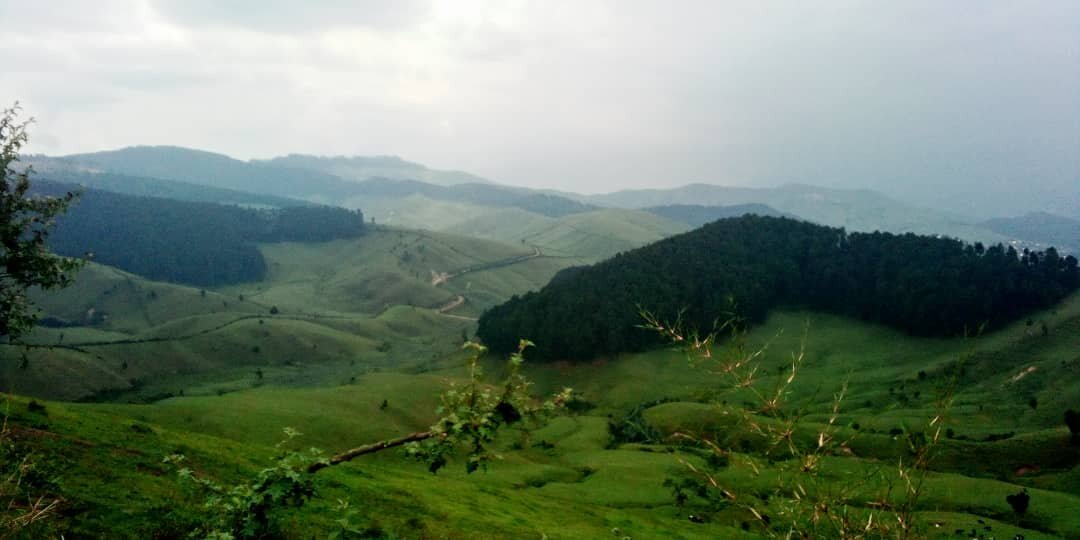
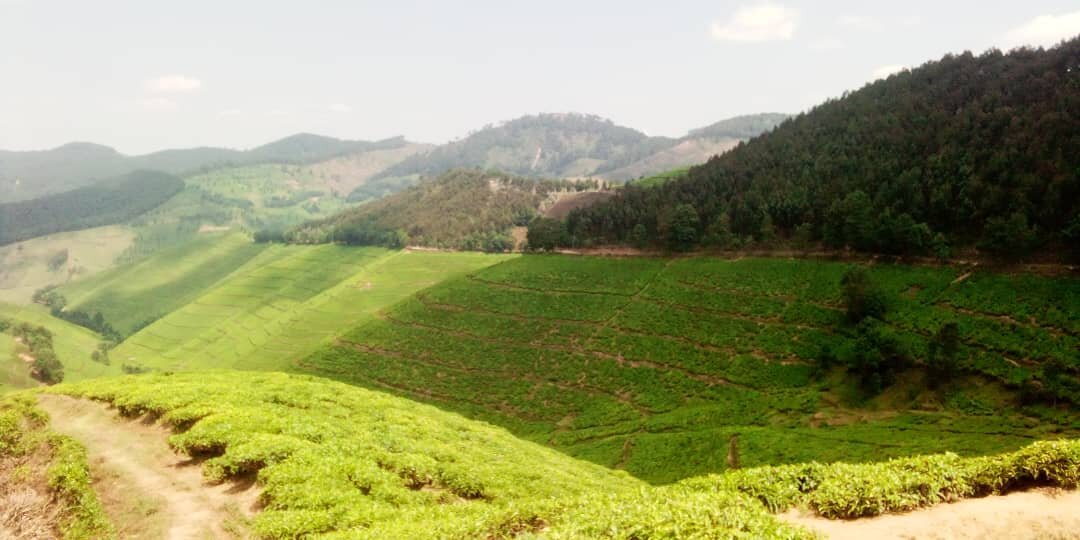
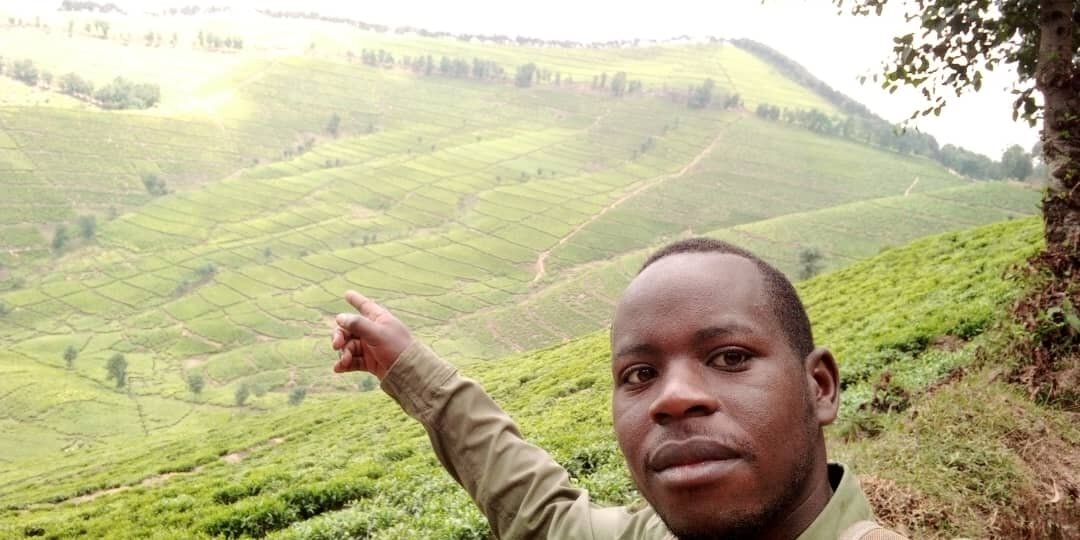
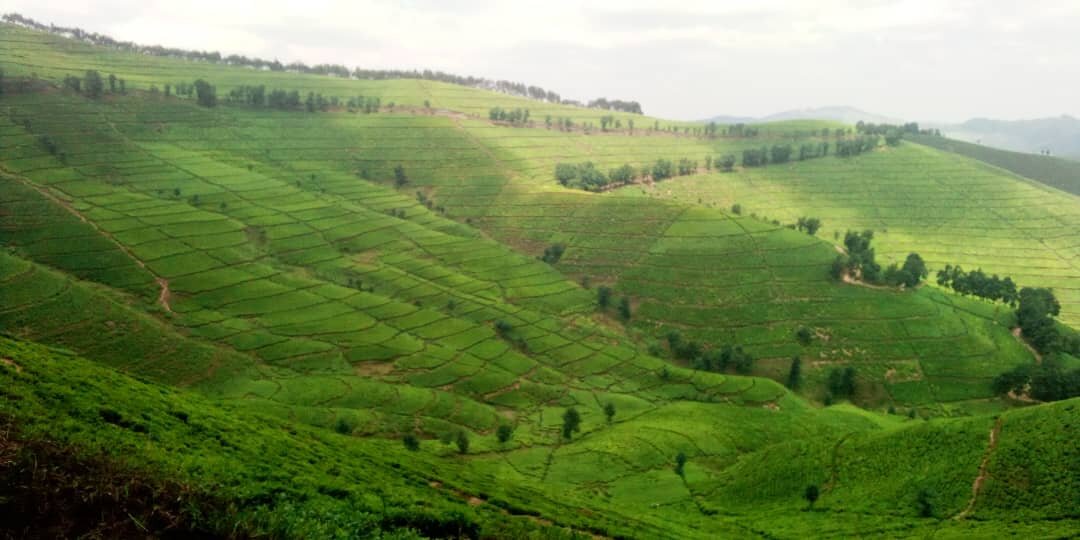
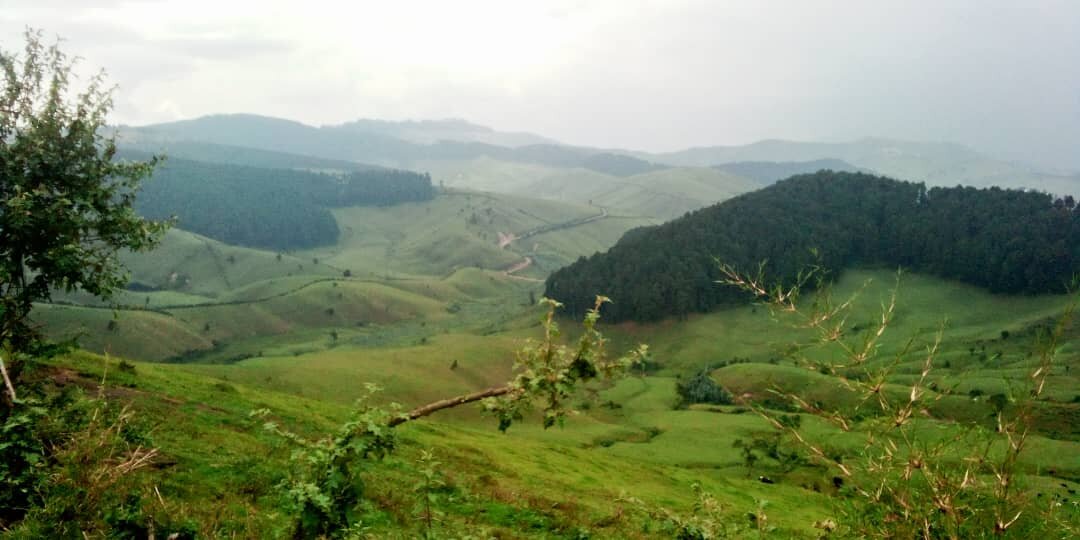
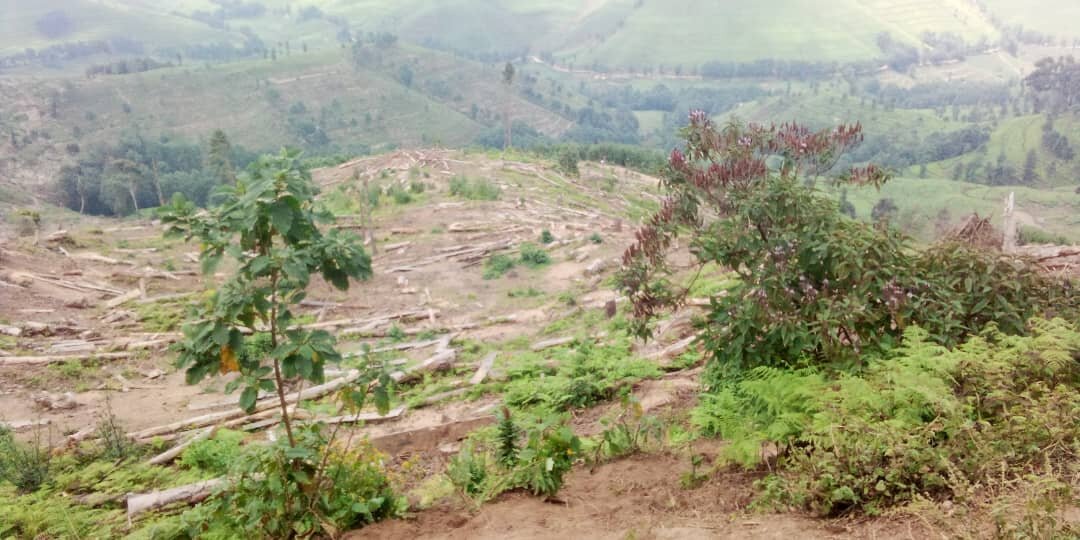
Peter Bulimo (Kenya)
Mikoko Pamoja- Gazi Community Area, Kwale County-Kenya
Established in 2012, Mikoko Pamoja is a community-led initiative driven by the passion for restoration and conservation of the mangrove ecosystem. The mangrove ecosystem is vital to the survival of coastal communities. Their significance includes carbon storage, fish and wildlife habitat, fish-trap bays for fishermen, shoreline erosion prevention and storm and tsunami mitigation to mention but a few. Aware of this significance, and the dangers thereto, works under the Mikoko Pamoja umbrella conserve the forest and restore the degraded parts of the ecosystem. It also spreads awareness on the significance of conservation and educates visitors of the rich culture enshrined within the ecosystem. Conservation and restoration approach is purely natural and includes natural regeneration techniques. In turn, the community benefits through acquisition of carbon credit funds which they use for social and economic development. The first round of proceeds from the carbon trading for instance was used to install water in villages around Gazi community area, facilitate construction of classrooms for Gazi primary and also to sponsor a local football tournament. Since then, the benefits have been trickling. Purpose to visit the area for more insights. You’ll learn a lot!
Connect with Peter here: Twitter, Instagram, Facebook
Ronald Odhiambo (Kenya)
What about wetlands, their role, issues affecting them and ways to safeguard them? Kenya’s own Ronald Odhiambo shares a snippet about a key wetland in his country. Ondiri Swamp, Kenya is a major source of Nairobi river and has in many years been neglected and exploited but this important wetland is now blooming anew thanks to remarkable communities that use the resource and support from both the local and national government. Some more good news is that the swamp is in the final stages of being Gazetted as a Government swamp.


